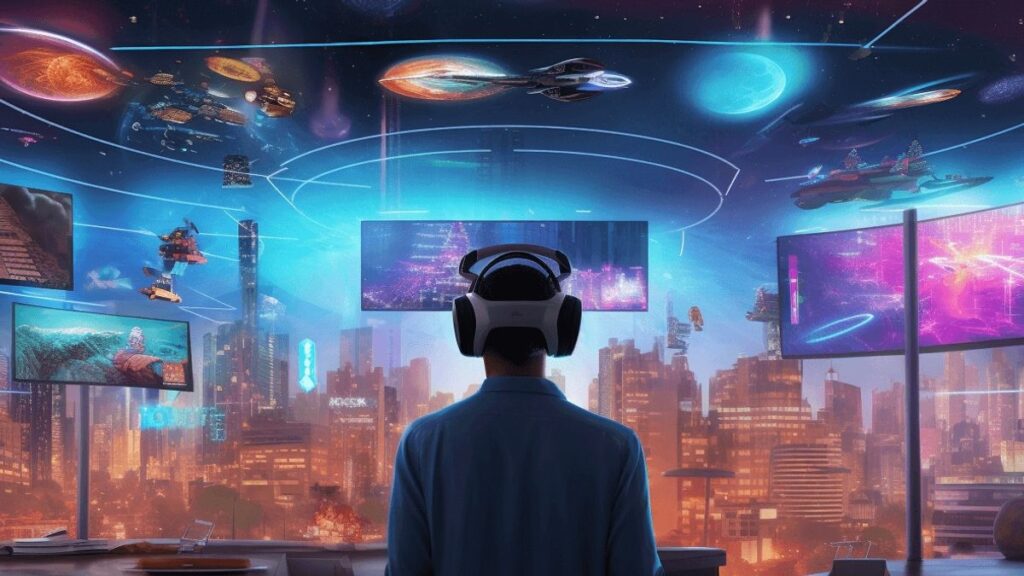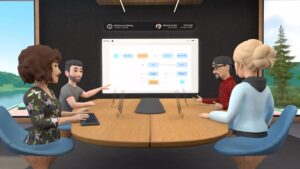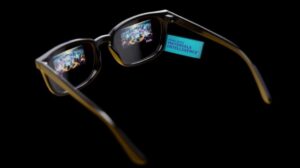Connecting the Physical and Virtual Realms

In a world where the metaverse and physical cities coexist, companies are beginning to recognize the unique strengths of each channel for communication. The metaverse, a shared virtual space created by the convergence of virtually enhanced physical reality and the internet, is projected to grow to $936.6 billion by 2030. It offers immersive gaming experiences through virtual and augmented realities, blending the digital and physical dimensions seamlessly.
Decentraland: A Vision for the Metaverse
Decentraland, one of the leading platforms in the metaverse, is focusing on performance optimization and developing an advanced Desktop Client for 2024. This move aims to reduce entry barriers and enhance user experience, ensuring a more inclusive and accessible metaverse. Recognizing the shift towards user-generated experiences, Decentraland encourages gamified events and interactive storytelling, allowing users to create and share their content.
Interoperability is a key focus for Decentraland, as it enables a more connected and inclusive metaverse. By allowing users to export their digital identities to other virtual worlds, Decentraland fosters collaboration and innovation across virtual platforms. The company has created DCL VRMs to promote this vision, aiming to establish Decentraland as the largest decentralized and open-source virtual world owned entirely by its users.
Augmented Reality: Bridging the Gap Between Physical and Virtual Spaces
Augmented reality (AR) is emerging as a conduit between digital and physical spaces, with Apple’s new spatial computing device, the Vision Pro, leading the charge. This AR headset allows users to view the physical world with digital imagery overlaid, providing a more comfortable and universally accessible experience compared to virtual reality.
The Vision Pro’s preorder sales have already surpassed 200,000 units, indicating a promising future for AR technology. As people interact with multimedia graphics while maintaining eye contact during face-to-face discussions, AR has the potential to bring people closer together in both the physical and virtual realms.
Disney and Epic Games: Partnership for a New Entertainment Universe
In a significant endorsement of the metaverse, Disney recently invested $1.5 billion in Epic Games to create a Disney-connected and open universe. This partnership aims to bring Disney characters to life in a series of interconnected islands within the metaverse, leveraging Epic’s technology and Fortnite’s social gaming ecosystem.
The collaboration will expand the metaverse’s appeal to a wider audience, driven by free-to-play games, brand licensing partnerships, and in-game purchases. Disney’s strategy is to license its properties to others to make games and create a world where people can interact with Disney characters virtually.
As the metaverse continues to evolve, its economy remains decentralized and secure, driven by cryptocurrency transactions recorded on the blockchain. This system enables players to control their virtual and economic destinies while engaging in virtual communities with decentralized governance.
In this new landscape, companies must consider both the physical world and the metaverse as channels for communication. While the physical world excels at creating emotional connections, the metaverse transmits large amounts of information effectively. By developing location strategies that take advantage of the opportunities presented by both channels, companies can create meaningful and engaging experiences for users in today’s interconnected world.
As we look towards the future, the metaverse is poised to become an integral part of our lives, complementing and enhancing our physical experiences. With innovative platforms like Decentraland, advanced AR technology, and collaborations between industry giants like Disney and Epic Games, the metaverse’s potential is limitless.
The key to success lies in embracing the unique strengths of both the physical and virtual realms, allowing users to seamlessly navigate and engage with the world around them. As companies continue to develop strategies that leverage the power of the metaverse, we can expect a more connected, immersive, and interactive future for all.
Source link
#Bridging #Physical #Virtual #Worlds





